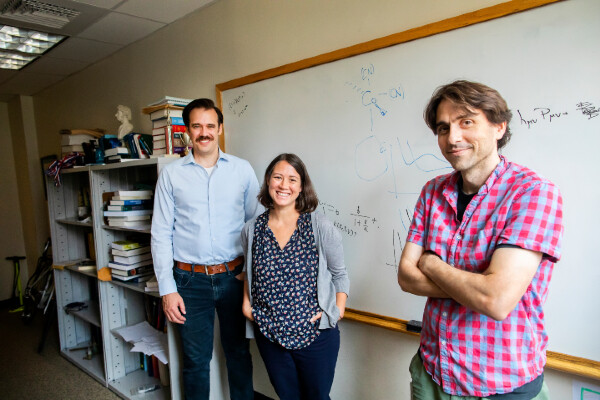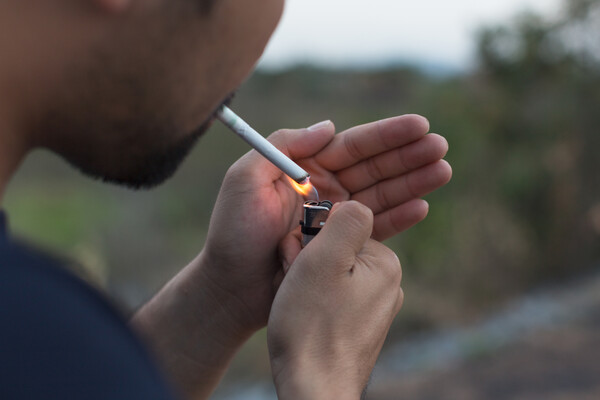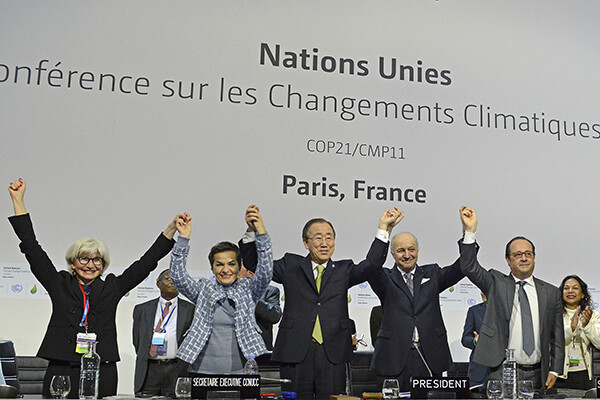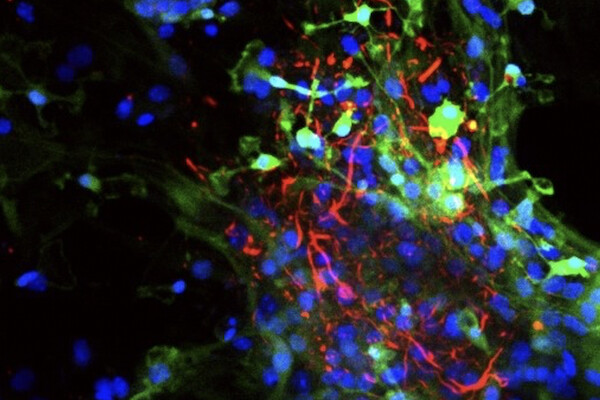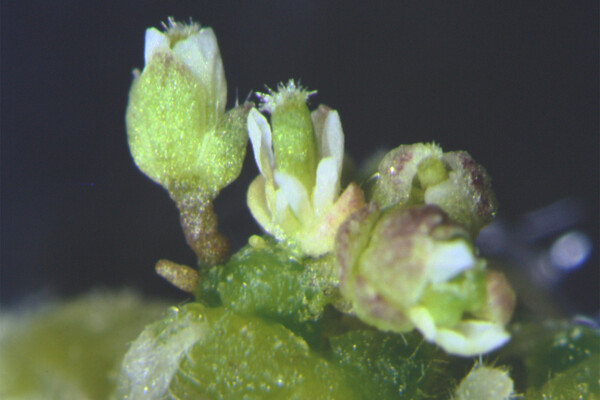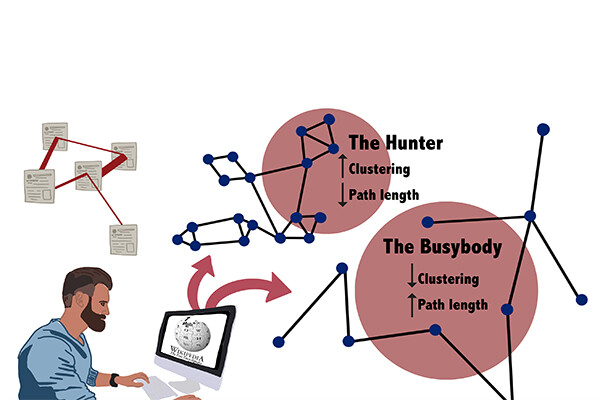In a paper for the United Nations Environment Programme, researchers from the School of Arts & Sciences and the Perelman School of Medicine and colleagues make a case for ceasing production and use of lead paint worldwide.
Latest News
Unlocking the power of a molecule’s spin
New research provides a theoretical framework that could help experimentalists better control chemical reactions, with possible implications for recycling rare earth metals.
Risk-taking behavior has a signature in the brain, big data shows
While there is no such thing as a single “risk area” of the brain, a study of 12,000 people led by the Wharton School’s Gideon Nave found a connection between genes, lower levels of gray matter, and risky behavior.
Researchers identify potential nanoparticles for therapeutic mRNA delivery before birth
Researchers at Children’s Hospital of Philadelphia and the School of Engineering and Applied Science have identified ionizable lipid nanoparticles that could be used to deliver mRNA as part of fetal therapy.
The outlook for science under the Biden-Harris administration
Penn Today spoke with experts in various areas of science and environmental policy about what they anticipate will shift now that President Biden has assumed the nation’s leadership.
Parkinson's disease pathology is tied to the activity of cell's 'recycling centers'
Genetic variations associated with both increases and reductions in risk of the neurodegenerative disease alter the action of ion channels within cellular organelles called lysosomes, a new Penn study finds.
First ever ‘pioneer’ factor found in plants enables cells to change their fate
To start the process of unpacking tightly bundled genetic material, plants depend on the LEAFY pioneer protein, according to work led by biologist Doris Wagner.
Researchers measure different types of curiosity studying ‘hunters and busybodies’
A multidisciplinary study has found a way to readily quantify the information-seeking associated with curiosity and explore mechanisms underlying information-seeking.
Metamaterial tiles boost sensitivity of large telescopes
Research on a low-cost, mass producible technology is poised to help the Simons Observatory uncover new insights into how the universe began.
America’s first fossil fuel state
History course looks at Pennsylvania’s role in helping fossil fuel power the making of the modern world.



